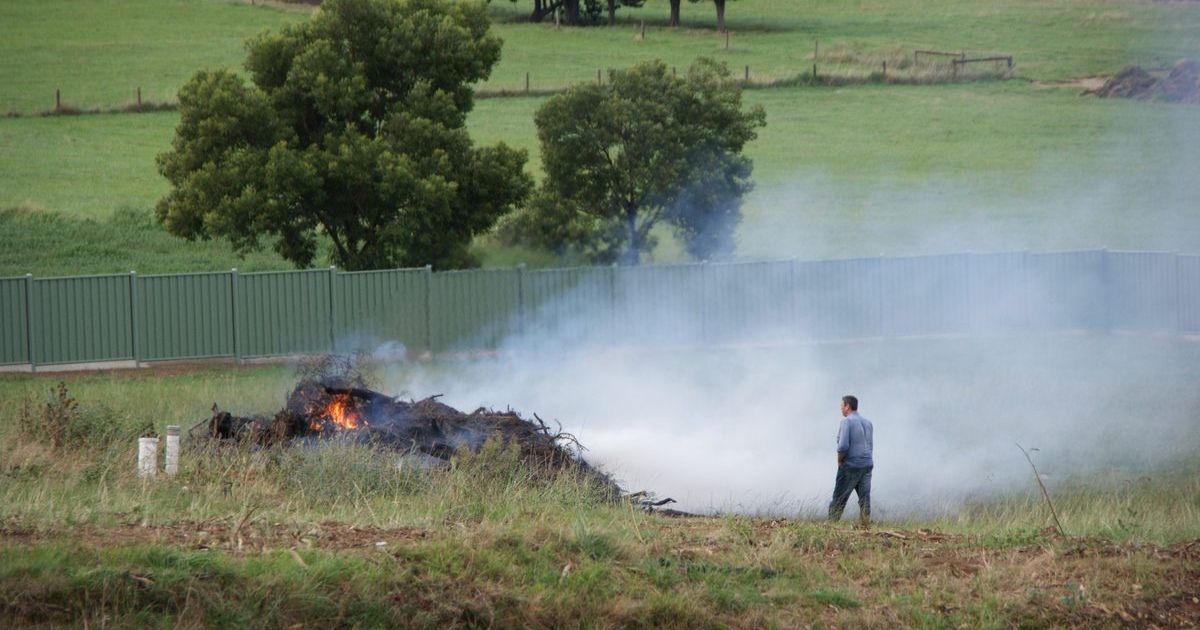Regional alliance seeks federal funding boost

Advocacy: Regional Cities Victoria is lobbying the federal government, including Minister for Infrastructure and Regional Development Catherine King (seen here), for more infrastructure funding outside Melbourne. Photo: FILE
A COALITION of regional Victorian cities are lobbying the federal government for more infrastructure funding to be allocated outside metropolitan Melbourne.
Regional Cities Victoria – an alliance made up of the Ballarat, Bendigo, Geelong, Horsham, Latrobe, Mildura, Shepparton, Wangaratta, Warrnambool and Wodonga municipalities – is calling for the Commonwealth Government to commit to regional Victorian spend of 25 per cent.
The state’s 10 largest regional cities have a collective population of more than 800,000 people, and RCV chair and Greater Shepparton mayor Cr Shane Sali said grassroots regional infrastructure helps communities prosper.
“They not only help maintain services, improve transport options, and make our regional cities and country towns better places to live, they also create jobs for locals and boost the national economy.
“Whether it’s upgrading municipal main roads in growing regional cities, building community hubs and libraries, new parks and recreational centres, or improving public transport, regional Victorians deserve their share of the Federal infrastructure funding allocated to Victoria.”
On behalf of RCV, Cr Sali recognised the federal Growing Regions and Precincts and Partnerships programs allocated $1 billion to regional areas across the country.
But he said the schemes are competitive, and regional Victoria is “disadvantaged” because it is not compulsory for the state government to contribute to successful projects.
“We were gutted when funding was removed for a series of projects across regional Victoria like the Geelong fast rail, stage one of the Shepparton Bypass, and the Hume Freeway intersection upgrade in Wodonga,” Cr Sali said. “Regional Victorians shouldn’t be denied their share of funding from the Albanese Government simply because Victoria abolished its Regional Jobs and Infrastructure Fund.
“Our regional cities and towns are experiencing significant population growth and are desperate for jobs and investment.
“Without infrastructure funding, regional Victoria risks falling behind, unable to provide adequate services to current residents and future generations.”

















